Book cover
Artefact of the month - December 2023
The collections of the National Museum of Finland include a small oak plate – about 20 x 15 cm in size – that has traces of white paper with some markings written with ink pen on its one side. The other side of the plate is mostly bare wood. The black leather that used to cover it is now largely gone. This plate was once the cover of a book, and its other edge still has the brass strips used to hold the book closed.
A wood plate was a practical frame for the covers of the sometimes very large tomes or books bound entirely with leather. The natural oils of oak also helped protect the book against pests. Black leather was commonly used for decorating the covers of religious books, such as bibles, books of sermons or hymn books.
Based on the measurements of the plate, it has been estimated that this wooden plate may have been used as a cover for Mikael Agricola’s Finnish translation of the New Testament published in 1548. The paper in the inner cover still has a partially readable dedication to the church of Padasjoki written in the format of a poem by Agricola himself:
L[iber?] [ecc]lesiæ Padhasiochi peculiaris |[...]sentij […] future Posteritatis |[...] usu a P[...]etu[...] ibidem co[n]serua[n]dj: [?] |[...] a Regno Christi |[...] Anno d[omi]ni. 1549 |Mich: Agr:
In addition to this, the cover has two shorter markings related to the Padasjoki church.
Mikael Agricola, who donated the book to the church, was born in Torsby, Pernaja, around 1510. It seems Mikael was a talented pupil, as he was admitted to the Latin school of Vyborg in the late 1510s. While in Vyborg, he also started using Agricola as his surname, referring to his father's trade as a farmer. Eight years later, the teenaged Agricola was accepted as the secretary of the Bishop of Turku, Martti Skytte, and was ordained as a priest in the 1530s.
In Sweden, the school system was originally established to train competent clerks for the church and the crown. Priests had an important role in the pastoral care of parishes, but also in educating the people. The most talented young men were sent abroad to continue their studies in a university, and Mikael Agricola was also sent to the University of Wittenberg in 1536. In the early 16th century, Wittenberg had become the main destination of Finnish students, as the key persons of the German Reformation, Martin Luther and Philipp Melanchthon, taught at the city’s university. Agricola also studied under their tutelage, and graduated with a master’s degree in spring 1539. After returning to Turku in the summer, he was elected as the principal of the Turku Cathedral School.
The New Testament Agricola had translated into Finnish, Se Wsi Testamenti, was printed in Stockholm in 1548. Before this, he had already published a Finnish book of prayers used during church sermons, as well as the first alphabet book in the Finnish language. His intention was to translate the whole Bible into Finnish, but only part of the work was finished by the time he passed away. Agricola died in early spring 1557 in the Polyany settlement in Vyborgsky District when he was returning from Moscow. He had been sent there byKing Gustav I of Sweden as a participant in the peace negotiations between the Grand Duchy of Moscow and the Kingdom of Sweden.
Agricola’s New Testament was delivered to parishes so that they could follow the principles of the Reformation and give sermons in the language of the people. As the markings on the cover plate show, Agricola himself sent the volume to the Padasjoki parish the year after the book was published. The book was likely bound in Turku. The cover plate was donated to the National Museum of Finland by pastor Adolf Neovius in 1895.
Jouni Kuurne


-
2024
-
2023
-
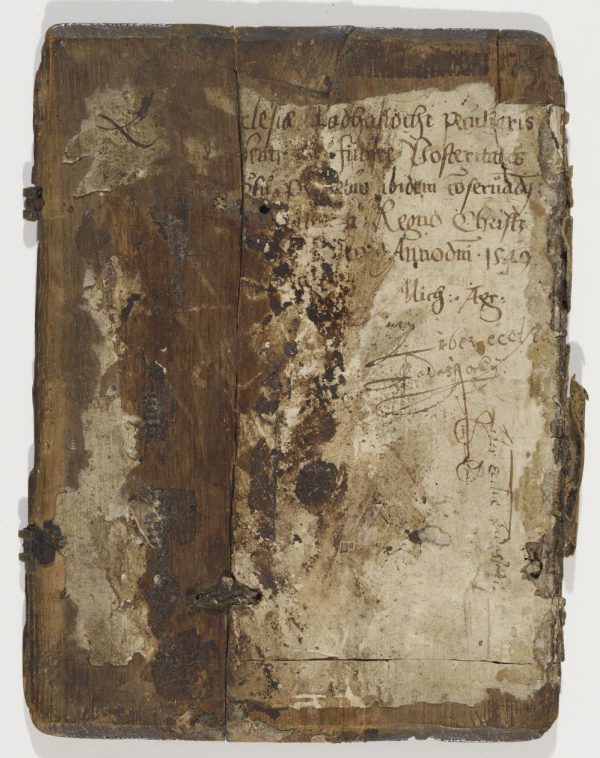 Book cover
Book cover
-
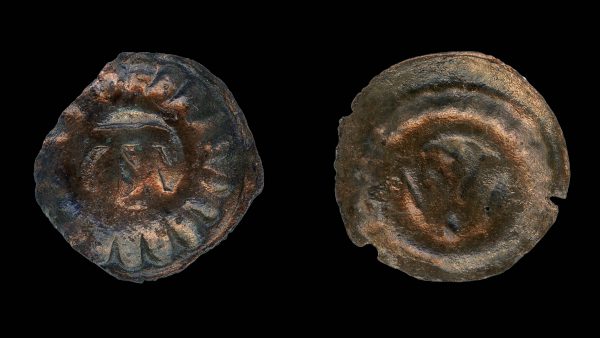 Pennies found in Häme Castle
Pennies found in Häme Castle
-
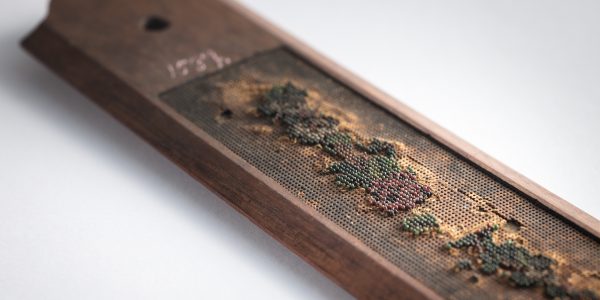 Ruler received by Aleksis Kivi as a consolation gift
Ruler received by Aleksis Kivi as a consolation gift
-
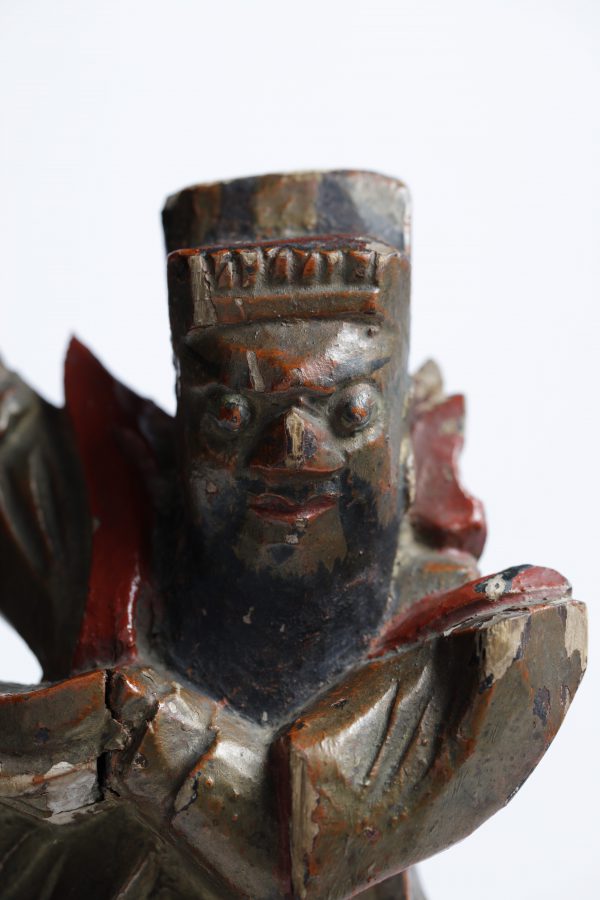 Caishen, god of wealth
Caishen, god of wealth
-
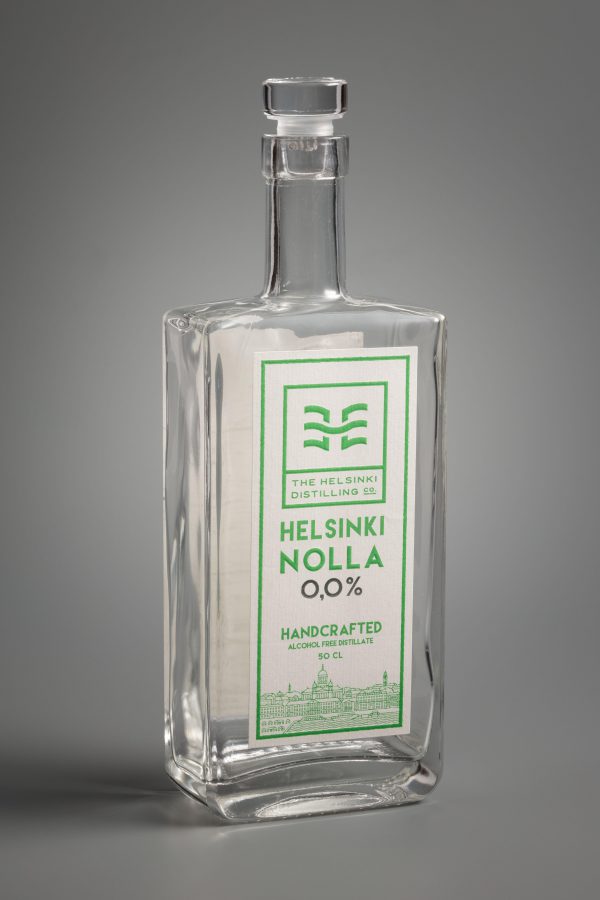 Sober curious phenomenon
Sober curious phenomenon
-
 Summer shoes made of fish leather
Summer shoes made of fish leather
-
 Book briefcase of the Finnish Seamen's Service
Book briefcase of the Finnish Seamen's Service
-
 Nyytinkirukki lace pillow
Nyytinkirukki lace pillow
-
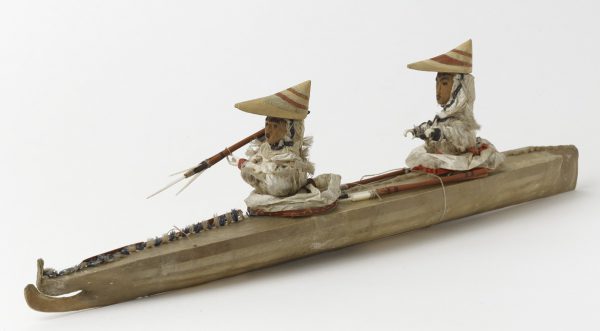 Arctic vessels and scale models
Arctic vessels and scale models
-
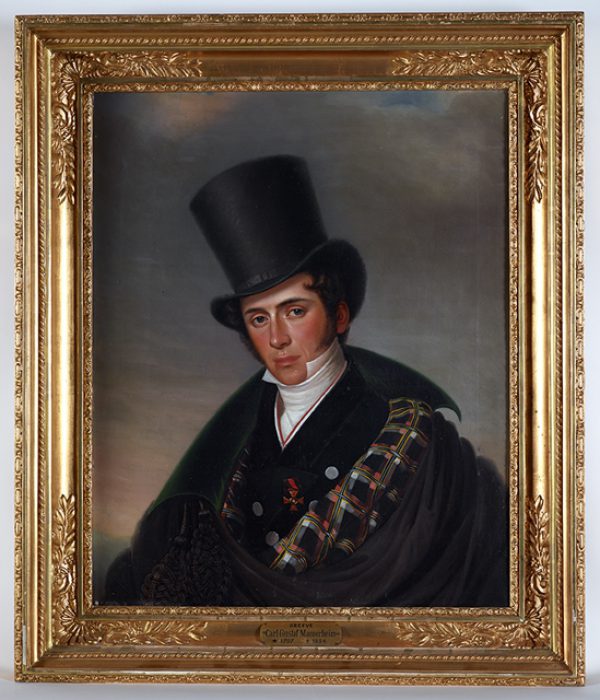 Portrait of a young dandy: Carl Gustaf Mannerheim
Portrait of a young dandy: Carl Gustaf Mannerheim
-
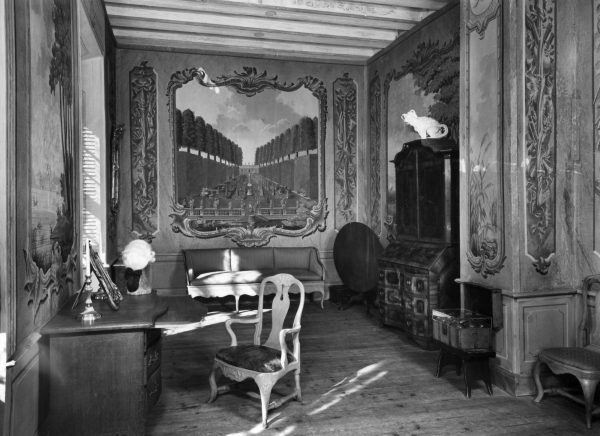 Painted Wall Covering in the Devil’s Chamber
Painted Wall Covering in the Devil’s Chamber
-
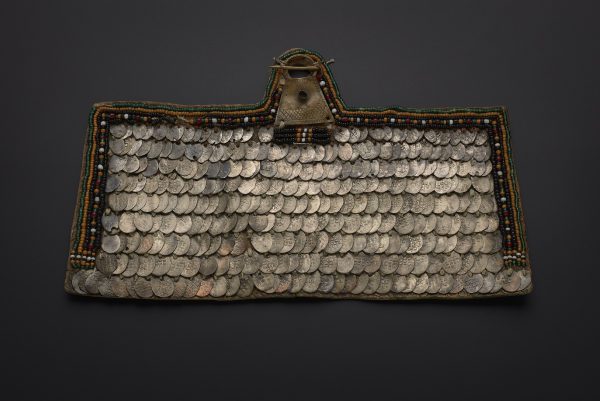 Šerkämä – Women’s brooch
Šerkämä – Women’s brooch
-
-
2022
-
2021
-
2020
-
2019
-
2018